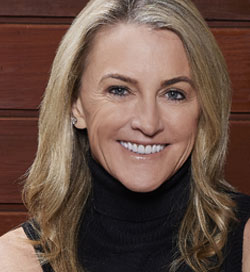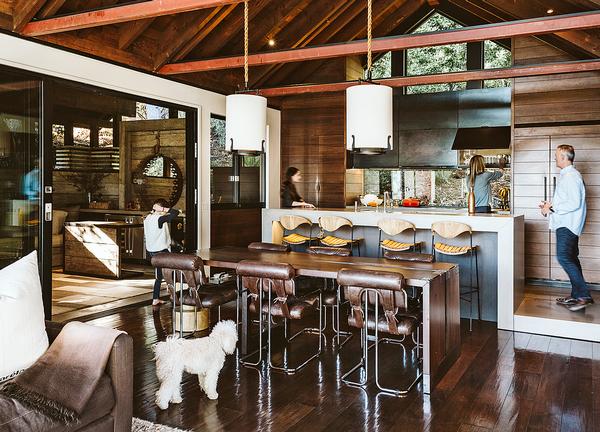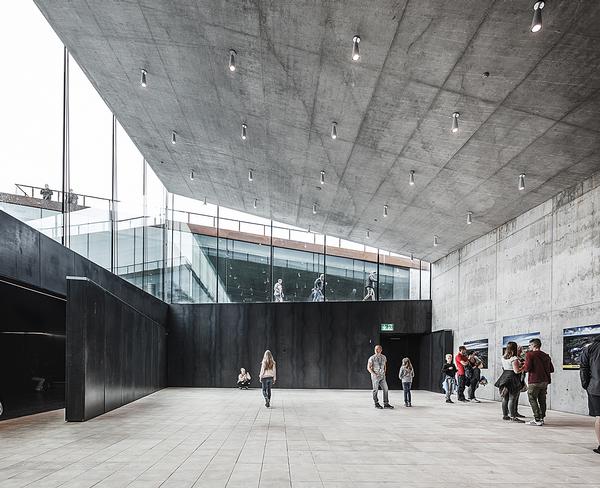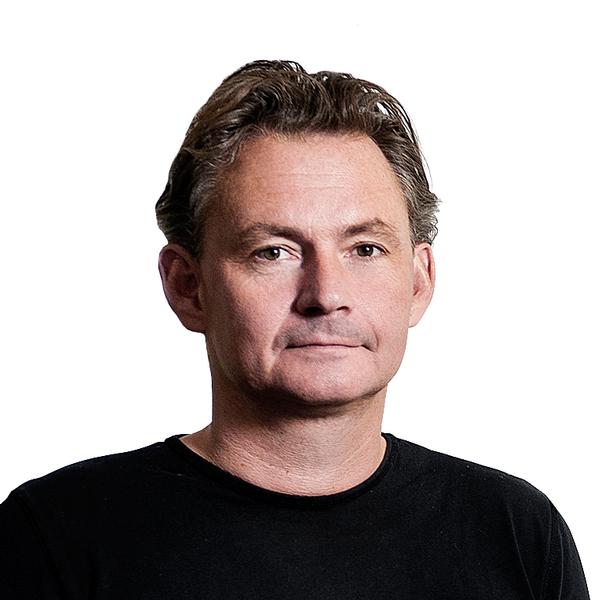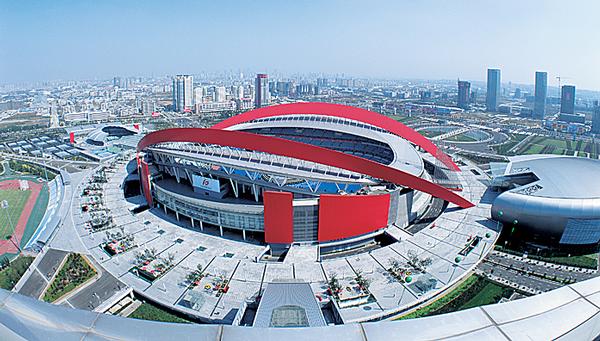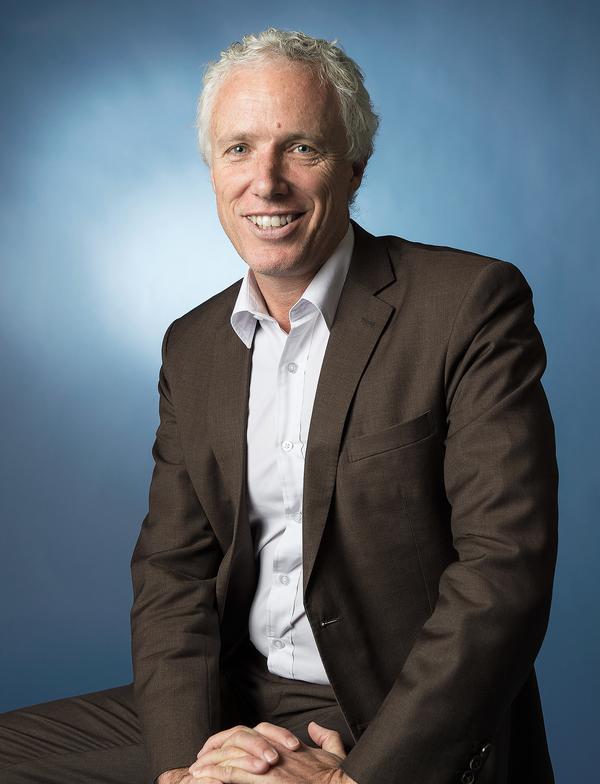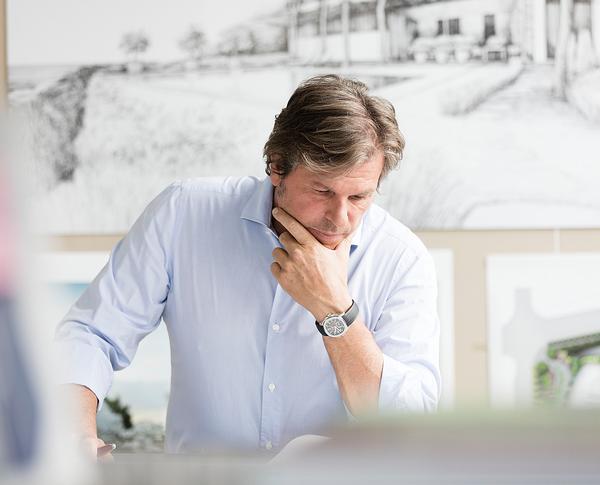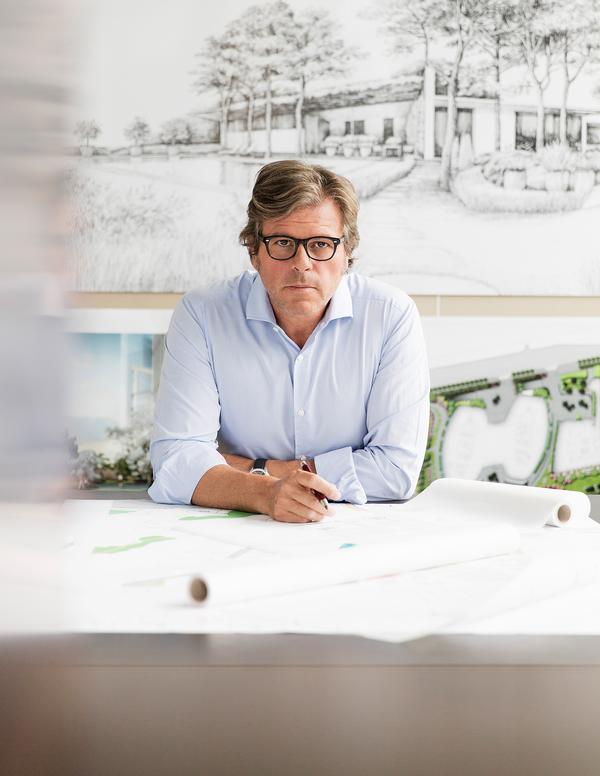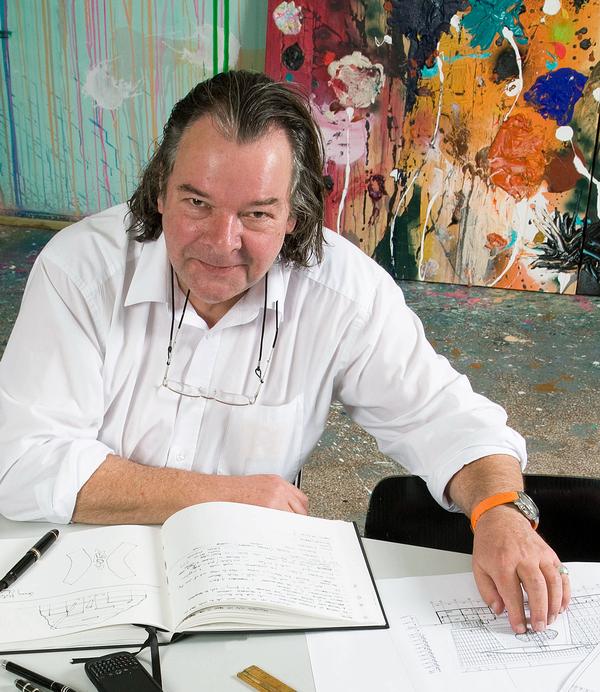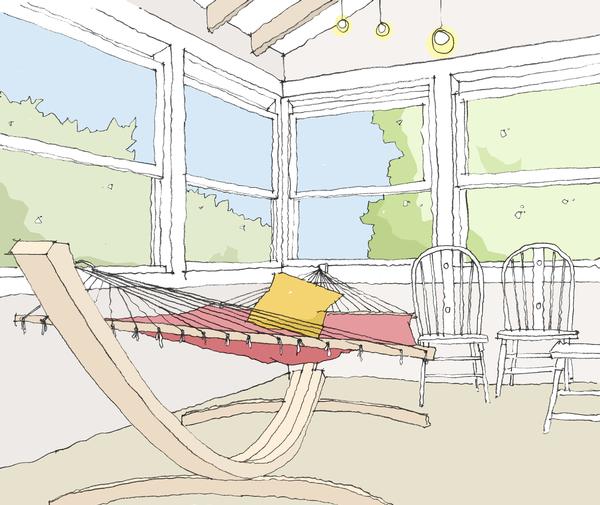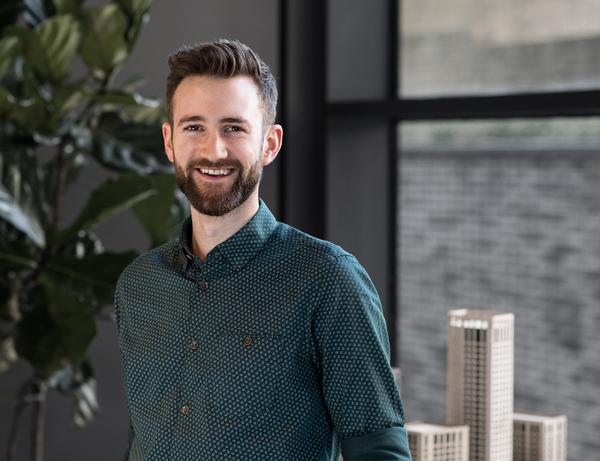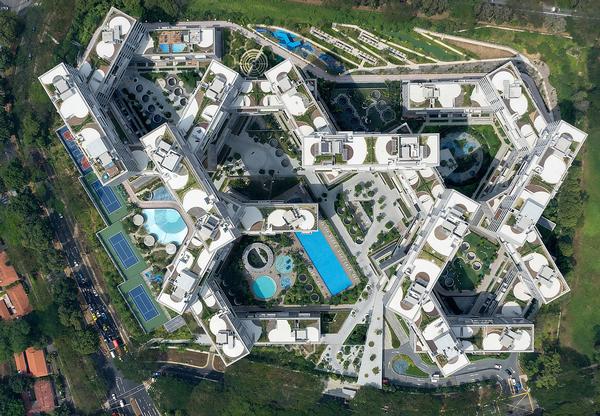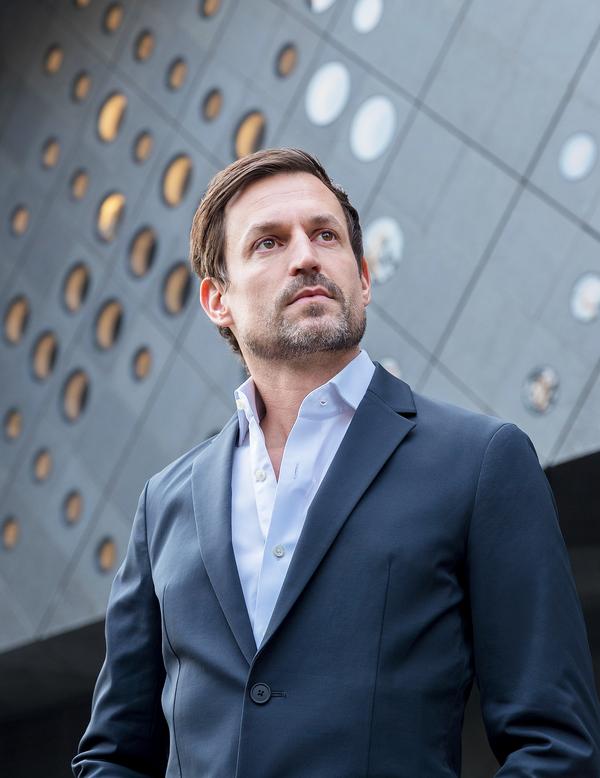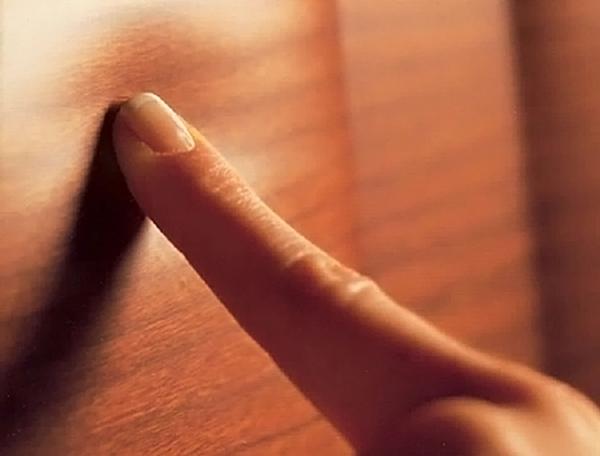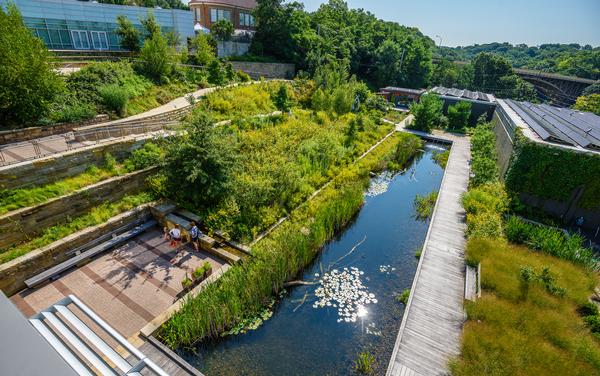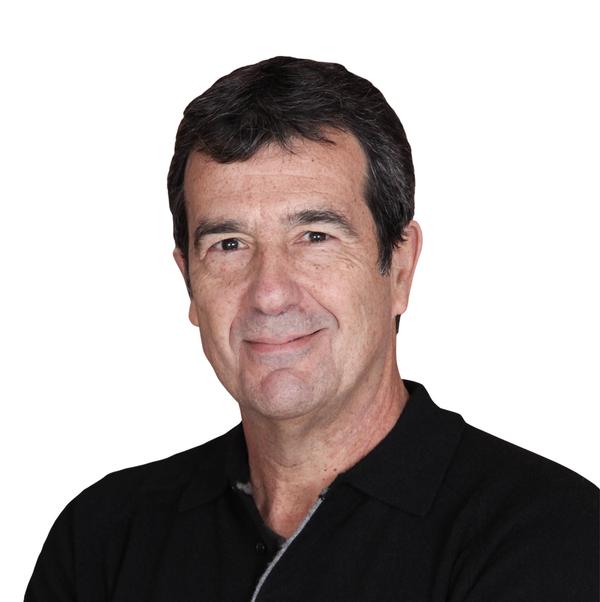Global Research
Evolving marketplace
Data from the latest Global Wellness Economy Monitor shows healthy growth in the industry. Ophelia Yeung highlights the study’s key findings
Figures from the 2016 Global Wellness Economy Monitor show that the global spa and thermal/mineral springs industries continue to grow, evolving with consumer preferences in a dynamic wellness economy. The current and future state of the wellness economy is strong, propelled by consumer and demographic trends that are fuelling increased spending on both health and wellbeing.
Research study 1
THE SPA ECONOMY
The Global Wellness Institute (GWI) estimates 121,595 spas were operating worldwide in 2015, earning US$77.6bn (€70.1bn, £50.8bn) in revenue and employing more than 2.1 million people. When measured in US dollars, industry revenue expanded 2.3 per cent annually since 2013, adding US$3.5bn during the period from 2013 to 2015. However, when the figure is reported in euros, revenue growth was an impressive 11.9 per cent annually from 2013 to 2015, growing from €56bn to €70.1bn. The difference is due to the appreciation of the US dollar against the euro during this time. To grasp the scale of the industry’s growth, it might be more illuminating to consider the 16,005 new spas worldwide and the 237,424 new employees who have joined the industry since 2013.
The largest growth in the number of spas and revenues occurred in the hotel/ resort spas category. This is because most 4-star properties and many 3-star properties have been adding spa services as they have quickly become an amenity expected by guests, even at the mid-tier level. In many of the mature spa markets, the growth in the number of spas reflects the addition of spas to existing hotel/ resort properties as much as, or more than, openings of entirely new properties. This trend is also decreasing the average size of a spa, as those targeting the mid-tier market tend to be smaller than the flagship spas in higher-end properties.
While Europe continues to lead in overall spa revenues, Asia-Pacific boasts the greatest number of spa establishments and also added the most new spas between 2013 and 2015.
MARKET GROWTH
Not surprisingly, China led the charge, while other emerging markets such as India, Indonesia, Vietnam and Thailand continued to expand. In the mature markets in North America and Europe, spas have continued to grow in number and revenues. Meanwhile, Africa, the Middle East and Latin America also showed robust growth, fuelled by a rising middle class with more disposable income. However, security concerns have put a dampener on growth in some Middle Eastern and North African countries.
The solid growth rates must not mask the challenges faced by spas today. Even with an expanding customer base, spas are facing rising operating costs, skilled labour shortages and competition from new spas and non-spa entities. At the same time, spas are navigating a complex landscape where consumers demand value, quality, specialisation, one-stop convenience, authenticity, differentiation, evidence and results.
We project spa facility revenues will rise at a 6 per cent annual rate over the next few years, reaching an estimated US$104bn (€99.4bn, £84.7bn) by 2020. The industry is likely to employ 2.8 million workers by then and will need an extra 400,000 trained spa therapists and 70,000 experienced spa managers and directors to accommodate this growth.
Spa growth also drives a broader spa economy, encompassing not just spas, but also other sectors that support and enable spa businesses, such as spa education, consulting, capital investment, associations, media and events. These related sectors added US$21bn (€20bn, £17bn) to 2015’s US$77.6bn spa revenues to create a US$98.6bn (€94.2bn, £80.3bn) global spa economy.
Research study 2
THERMAL/MINERAL SPRINGS
In 2015, we estimate there were 27,507 establishments built around thermal/ mineral springs for wellness, recreational and therapeutic purposes. These facilities are located in 109 countries and earned US$51bn (€46.1bn, £33.4bn) in revenues in 2015. Our research indicates that there is rapidly rising consumer, investor and government interest in springs-based activities, with most establishments experiencing solid growth in both attendance and revenues.
Measured in US dollars, the industry added US$1bn in revenues from 2013 to 2015, growing from US$50bn in 2013 to US$51bn in 2015. However, this modest growth trend is deceptive because it is dampened by the recent currency fluctuations. The areas with the largest thermal/mineral springs industries – especially Europe and Japan – saw major currency depreciation against the US dollar from 2013 to 2015, and so the revenue growth rates in these countries were much higher in their local currencies than in US dollars. Converting industry revenues to euros, the thermal/mineral springs industry grew by a robust 10.4 per cent annually between 2013 and 2015 – from €37.9bn in 2013 to €46.1bn in 2015.
Most of the world’s thermal/mineral springs industry is concentrated in Asia-Pacific and Europe (94 per cent of establishments and 96 per cent of industry revenues). Japan alone, with its estimated 17,328 onsen, is home to nearly two-thirds of all establishments. But, because of their typically small size, they earn less revenues than China’s hot springs resorts (numbering 2,200). Other top markets include European countries with long traditions of using thermal/mineral waters for therapeutic purposes. The decline in government subsidies for bathing as cure is driving many businesses to invest in better facilities to attract a younger, self-paying clientele.
The world’s thermal/mineral springs establishments include a mix of rustic, traditional bathing facilities, hot springs resorts, hotels with thermal water bathing, thermal waterparks and thermal/mineral water-based sanatoria or health resorts. Establishments that offer value-added spa services – such as massage or facials – earn much higher revenues than those that offer bathing only. Thermal/mineral springs that offer such services (about a quarter of them) tend to be more developed and higher-end, and they account for nearly two-thirds of the industry’s revenues.
Overall, the thermal/mineral springs industry is positioned for rising investment and growth, as consumers increasingly seek out the healing and relaxing properties of water and nature. We project that industry revenues will grow at 4.8 per cent annually from 2015 to 2020, driven by rising consumer interest. Many countries are also including thermal/mineral springs as a major pillar in their wellness tourism marketing and development strategies, such as Greece, Turkey, China, Japan, Chile and Uruguay, among others.
THE WELLNESS ECONOMY
The wellness economy encompasses industries that enable consumers to incorporate wellness activities into their daily lives. In addition to data on spas and thermal/mineral springs, the GWI provides original data for the size of the global wellness tourism industry, workplace wellness and wellness real estate. These five industries – combined with five other wellness sectors that we measure using secondary sources –comprise the global wellness economy, a US$3.7tn (€3.5tn, £3tn) market in 2015. The wellness economy now represents more than 5 per cent of global economic output, and it is almost half the size of global health expenditures, which reached US$7.6tn (€7.3tn, £6.2tn) in 2014. From 2013 to 2015, the wellness economy grew by 10.6 per cent (from US$3.4tn to US$3.7tn), while in the same period, the global economy shrank by -3.6 per cent.
Wellness economy growth is robust and resilient because it is positioned at the intersection of several major global trends: rising disposable incomes; the emerging global middle class; the mounting global health crisis; an increasing interest in travel, authenticity and new experiences; and an emerging collective consciousness about the wellbeing of people and the planet.
Opportunities are particularly strong for businesses and sectors that aim to help people integrate wellness into their daily lives instead of thinking of it as a luxury activity. As more people around the world turn to wellness-focused activities and lifestyles to mitigate their mounting stress and deteriorating health, we project that spas, thermal/mineral springs and other wellness sectors will continue expanding at a healthy pace – faster than global GDP growth – in the coming years.
About the author:
Ophelia Yeung is a senior research fellow at the Global Wellness Institute.
Twitter: @Global_GWI
Ben Channon has written Happy by Design, a new book about how architecture affects our mental health. He explains how we can all be happier at home










